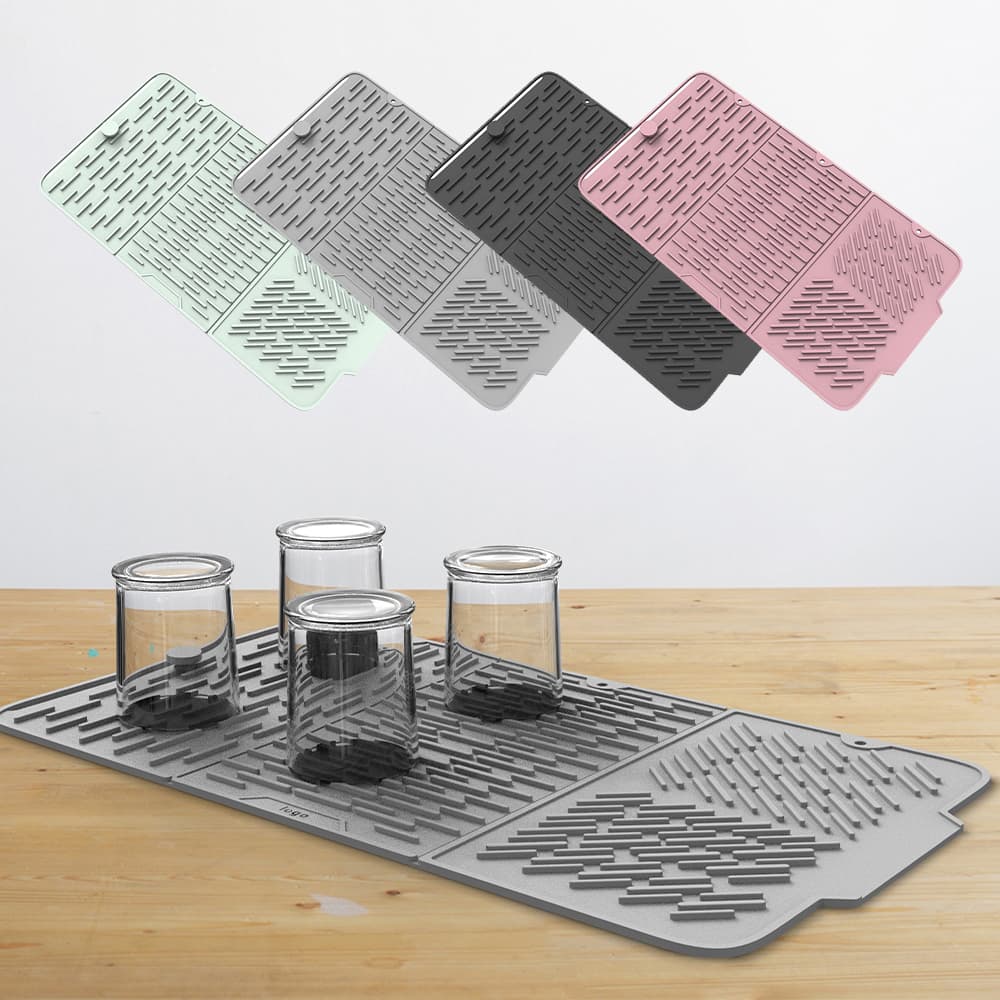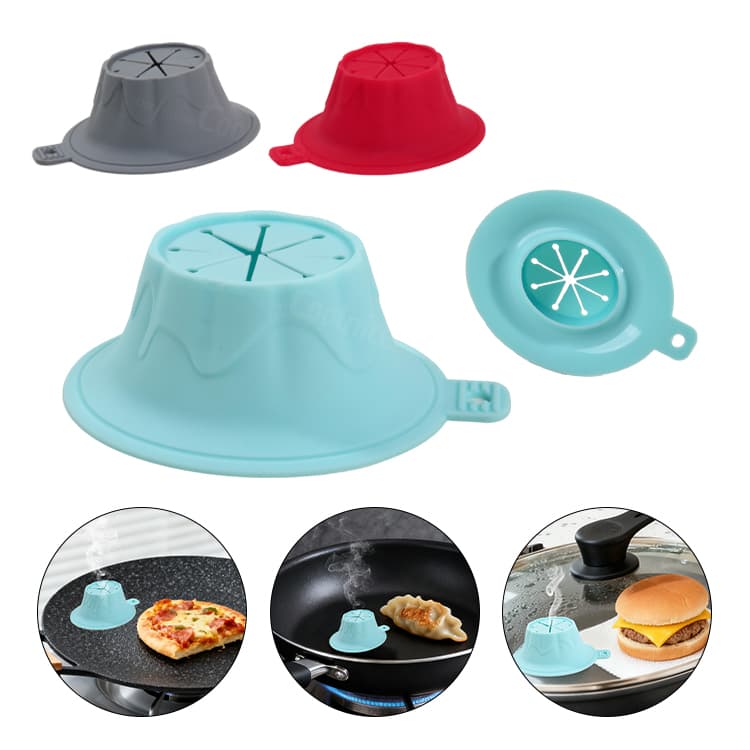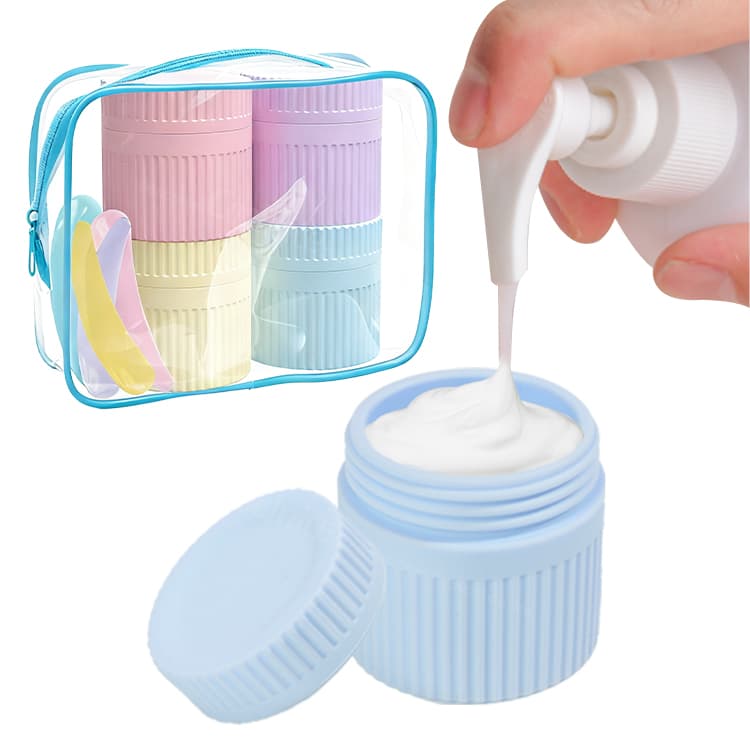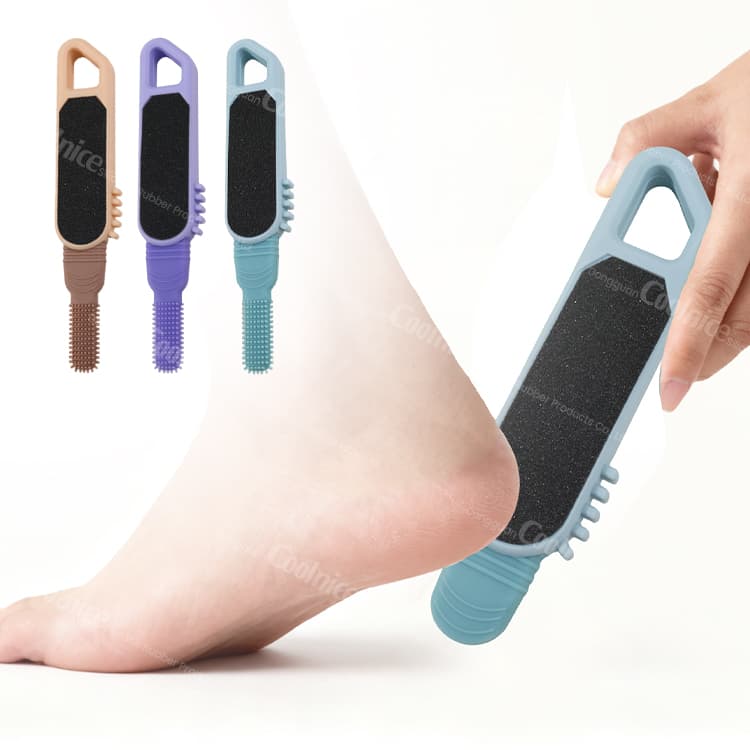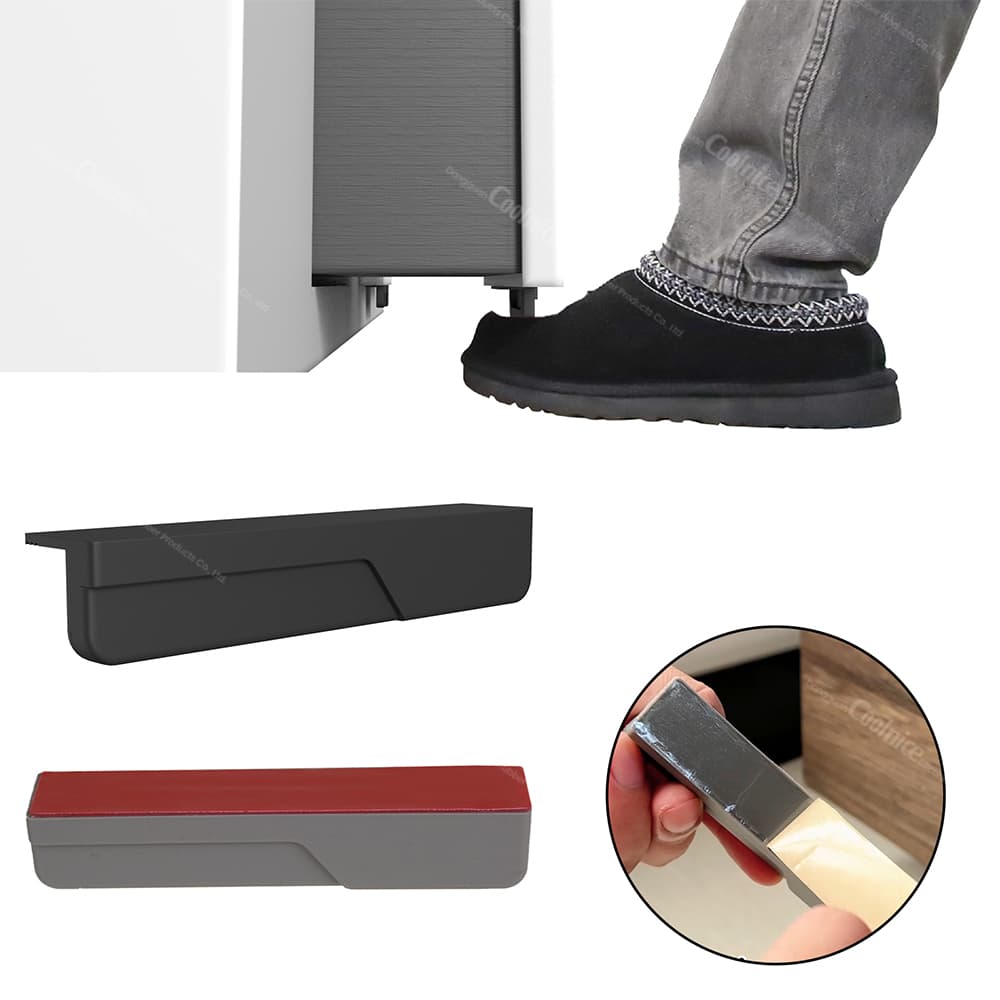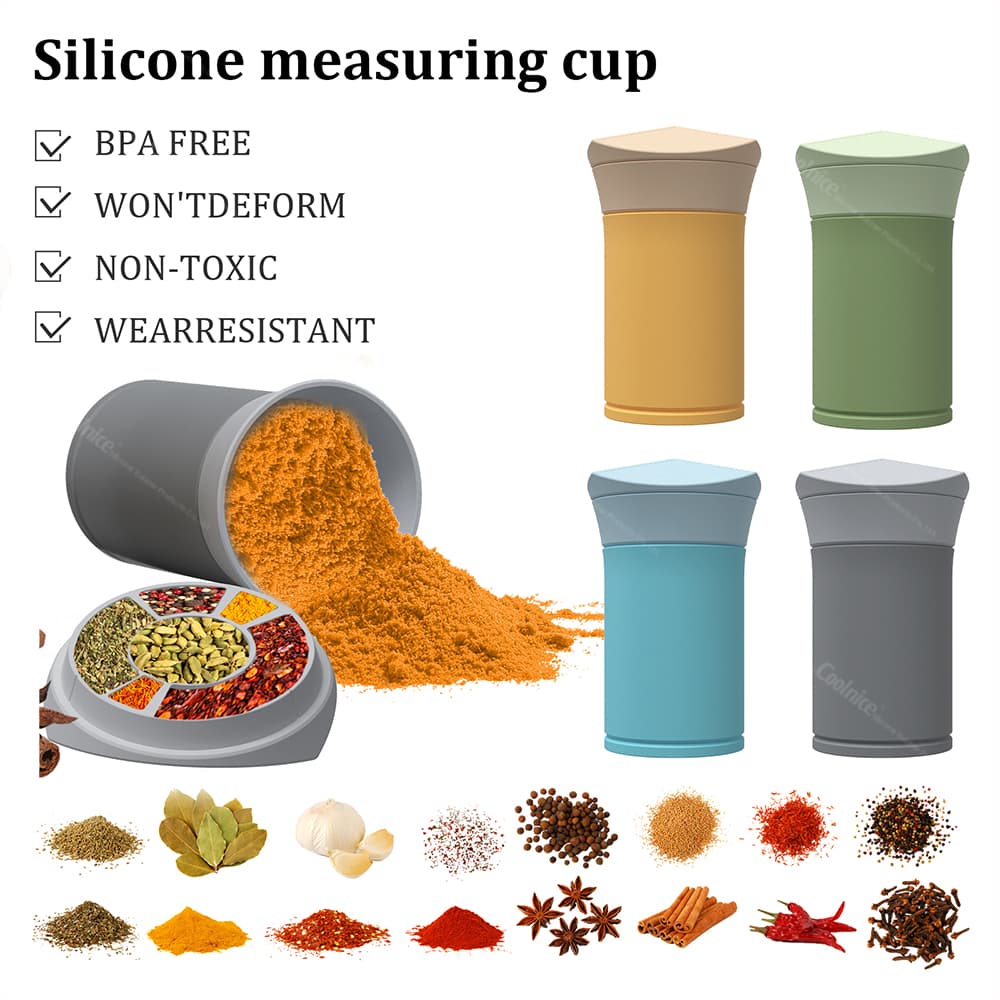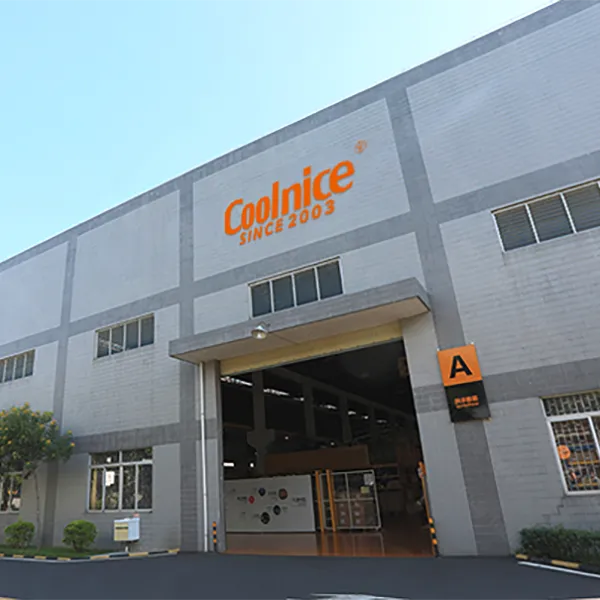How to Test if Silicone Baking Mats Are Food Grade

Silicone baking mats are widely used in bakeries, food factories, and households around the world. For B2B buyers and brand owners, ensuring that these mats are food grade silicone baking mats is not only about product quality but also about safety and compliance. Testing the mats before bulk orders can prevent risks such as customs delays, consumer complaints, or even legal issues. In this article, we will explain how to identify food-grade silicone, the key global standards, and the testing methods that manufacturers and importers should follow.
![]()
Why Food-Grade Certification Matters
When silicone baking mats come into contact with food at high temperatures, unsafe materials can release chemicals or odors. For brands selling in international markets, non-compliance can damage reputation and result in financial loss.
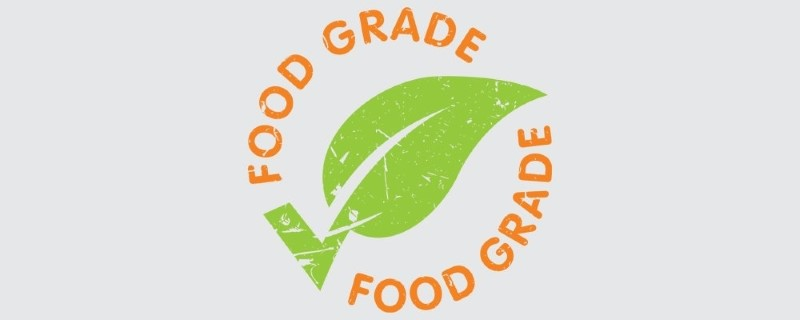
-
Consumer trust: Customers expect silicone mats to be odorless, non-toxic, and durable.
-
Legal requirements: Most markets require FDA or LFGB approval for food contact products.
-
Customs clearance: Import shipments without proper certification can be rejected.
In short, testing is not optional—it is essential for every B2B buyer who plans to scale with silicone baking mats.
Key Global Standards for Food-Grade Silicone
Different countries use different regulations to define “food grade.” Understanding them is the first step to compliance.
FDA (21 CFR 177.2600) — United States
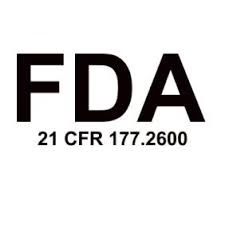
FDA silicone baking mats must pass extraction tests using solvents like water and n-heptane. The results prove that no harmful chemicals migrate into food.
LFGB — European Union and Germany
LFGB is considered stricter than FDA. It requires sensory tests (odor and taste) in addition to migration tests. Many EU buyers specifically demand LFGB silicone baking mats for extra assurance.
Additional Standards
-
REACH: Covers chemical safety in Europe
-
RoHS: Limits heavy metals in electronics but sometimes requested for kitchen products
-
Prop 65: California-specific requirement for avoiding certain chemicals
These certifications show global buyers that the silicone mats meet higher compliance levels.
Visual and Basic Testing Methods
Before investing in laboratory reports, buyers can perform simple checks as an initial screen.
Odor Test
Place the mat in an oven at 200°C for 2 hours. Food grade silicone should remain odorless. If there is a strong chemical smell, the product may contain fillers.
Color Migration
Wipe the mat with a white tissue after heating. If the color transfers, it may not be safe.
Heat Resistance
Observe whether the silicone mat changes shape or leaves oily residues after high-temperature use. Genuine FDA silicone baking mats will remain stable.
These tests are helpful but not enough for certification.
Laboratory Testing Methods
For importers and OEM/ODM buyers, professional lab tests are the most reliable proof of safety.
Overall Migration and Specific Migration
The mat is immersed in simulants like ethanol or acetic acid. The test measures whether substances migrate into food simulants.
Heavy Metal Analysis
Labs check for elements like lead, cadmium, and mercury. Food-grade mats must be free from these toxic metals.
Volatile Organic Compounds (VOCs)
Testing ensures the mat does not release harmful gases during baking.
Recommended Laboratories
Third-party labs such as SGS, Intertek, TUV, and Bureau Veritas are commonly used by global buyers. Certificates from these labs are widely recognized.
OEM/ODM Buyers’ Checklist
When sourcing silicone baking mats wholesale, buyers should follow a structured checklist:
-
Request certificates: Always ask suppliers for FDA or LFGB test reports.
-
Sample before bulk order: Test pre-production samples before confirming MOQ.
-
Include compliance in contracts: Require suppliers to guarantee food-grade compliance.
-
Regular audits: For long-term partnerships, schedule periodic lab testing.
By following these steps, importers reduce the risk of receiving non-compliant products.
How Manufacturers Ensure Compliance
Reputable factories implement strict processes to guarantee that every food grade silicone baking mat meets international standards.
-
Raw materials: Platinum-cured, 100% virgin silicone is selected for safety.
-
No fillers: Cheap fillers increase risk and shorten product lifespan.
-
Batch testing: Manufacturers send random samples for lab verification.
-
OEM customization: Colors, logos, and packaging can be tailored while maintaining compliance.
By working with reliable suppliers, buyers can save costs while ensuring long-term trust.
Conclusion
Testing silicone baking mats for food-grade compliance is critical for brands and distributors. From basic odor checks to advanced lab tests, every step ensures consumer safety and smooth customs clearance.
If you are sourcing FDA silicone baking mats or LFGB silicone baking mats in bulk, partner with an experienced OEM/ODM manufacturer who provides certified reports. This way, you can scale your brand with confidence and deliver products that meet global food safety expectations.
![]()
Contact us today to request samples and testing reports for your next wholesale order of food grade silicone baking mats.



